5R Rifling
Shooting a Pair of Model 700s
feature By: Mike Thomas | May, 20
Is 5R rifling a genuine improvement over other rifling methods or a clever marketing tactic? Probably some of each. Such a topic is very much akin to highly-opinionated discussions, like breaking in a barrel.
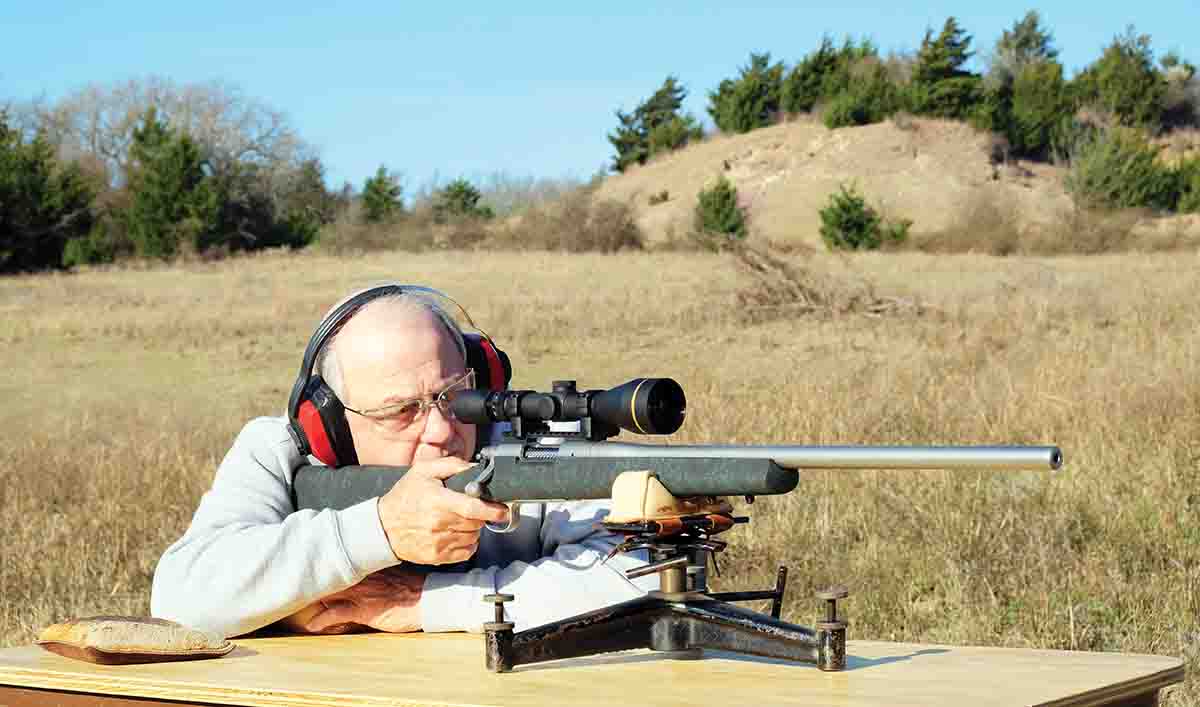
It’s pretty safe to predict the unlikely chance that truly objective (evidence-based) conclusions will ever be drawn, simply because of the time and expense required to carry out such projects. For the most part, many riflemen form an opinion based on both conventional wisdom and the experience-based findings of true experts. Comingled with all this, of course, is mindlessly repeated and erroneous information from dubious sources, usually those with little or nothing in the way of practical knowledge or experience.
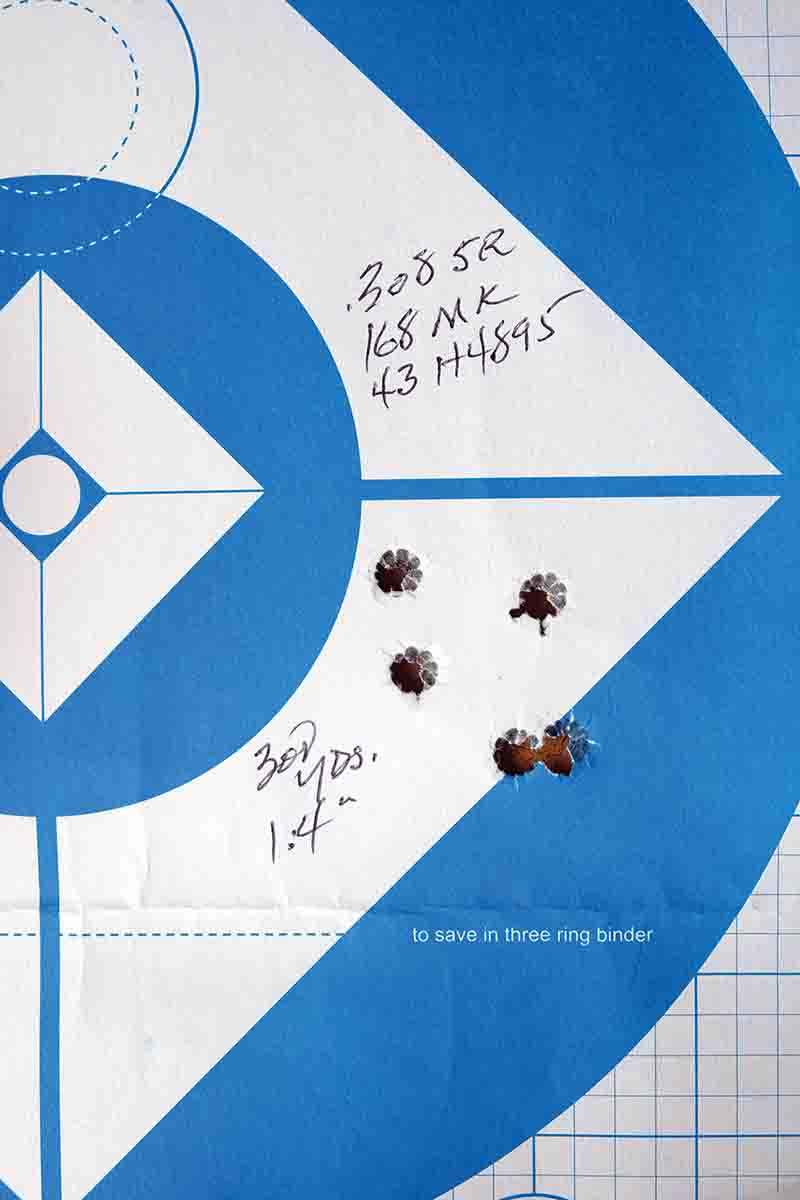
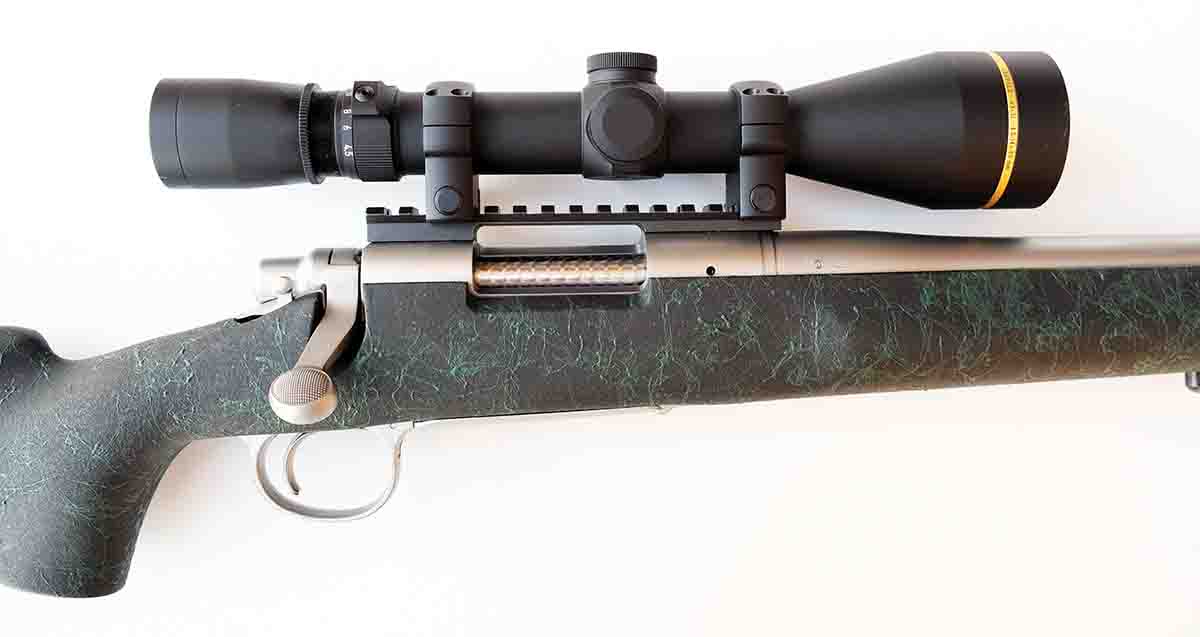
5R lands are narrower across the tops than they are at the bottoms, which leaves the sides sloped instead of straight. One claimed advantage of 5R rifling is that the lack of sharp corners makes cleaning easier and copper fouling is lessened. Maybe so. Another alleged advantage of 5R rifling is that it causes less bullet distortion than conventional rifling, thereby enhancing accuracy. Again, perhaps a true statement.
Remington has been producing its own 5R barrels used in building Model 700 bolt-action rifles in a variety of configurations for quite a while now. Having been curious about these rifles, I managed to get two heavy-barreled models to work with for this project. I seldom use just one rifle anymore for most articles, particularly if dealing with mass-produced factory rifles. Using just one of anything often makes it difficult to tell if it’s a fairly representative piece, a “good” one, or perhaps one not so good. That doesn’t tell me or readers very much. Two rifles require more work, but the end results are sometimes more meaningful.
5R rifling has enjoyed considerable popularity among enthusiasts in various fields of shooting endeavor, not the least of which has been long-range shooting. There may be no accepted definition of “long range,” but I would guess 700 to 800 yards as a minimum figure for some enthusiasts. To me, 300 yards is long range and 500 is “very long range,” distances serious long-range guys would scoff at. But that’s okay.
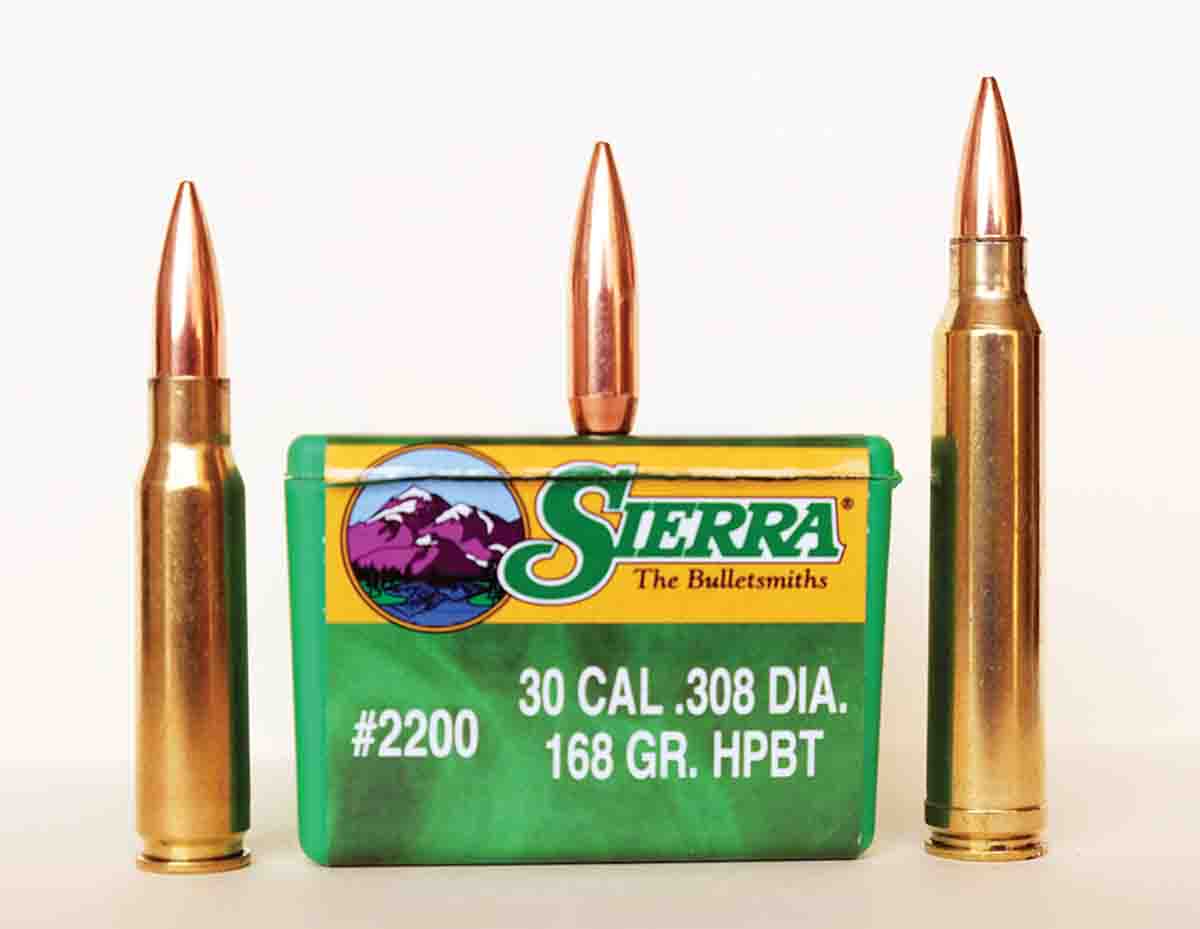
For those unfamiliar with the Remington 700s used in this project, there are some variations between the rifles, but both are basically heavy-barreled (24 inch) stainless rifles in H-S Precision synthetic stocks. Some of these rifles come with threaded barrels and protective muzzle caps. My .300 was one of those. The “Mil Spec” rifle in .308 Winchester has a 1:11.25 twist rate, while the .300 Winchester Magnum has a conventional 1:10 twist.
.jpg)
The scopes used have 30mm tubes. On the .308, a Leupold Mark 4 Tactical 20 MOA steel rail base was used along with Leupold aluminum rings to mount a Leupold VX-3i 4.5-14x 50mm scope with a side focus/parallax adjustment.
The reticle was the Boone & Crockett Big Game version. On the .300 Winchester Magnum, I installed a Nightforce SHV (Shooter, Hunter, Varmint) 3-10x 42mm with the MOAR reticle. A Nightforce 20-MOA aluminum standard duty rail base and Nightforce standard duty aluminum rings were used.
Each rifle was factory equipped with Remington’s allegedly adjustable X-Mark Pro trigger. While the Allen screw in the trigger can be turned, it has little effect on anything. With or without adjustment, trigger pull weights varied from about 4 to 6 pounds and were largely inconsistent. Despite the poor trigger, surprisingly good groups can be fired, but it takes some familiarization and very careful attention to trigger squeeze. Regardless, aftermarket triggers are always an option.
The muzzle diameter of each barrel was .850 inch. No doubt the heavy barrels contributed significantly to overall weight; 8.25 pounds for the .308 and 8.5 for the .300. With scope and mounting hardware in place, the rifles weighed 10 pounds (.308) and 10.5 pounds (.300). Assuming a decent barrel, proper stock bedding, etc., there is a one big advantage to heavy-barreled rifles. They are generally much easier to shoot well in comparison with light rifles with lightweight barrels. Heavy rifles are quite “forgiving,” masking some of a shooter’s shortcomings.
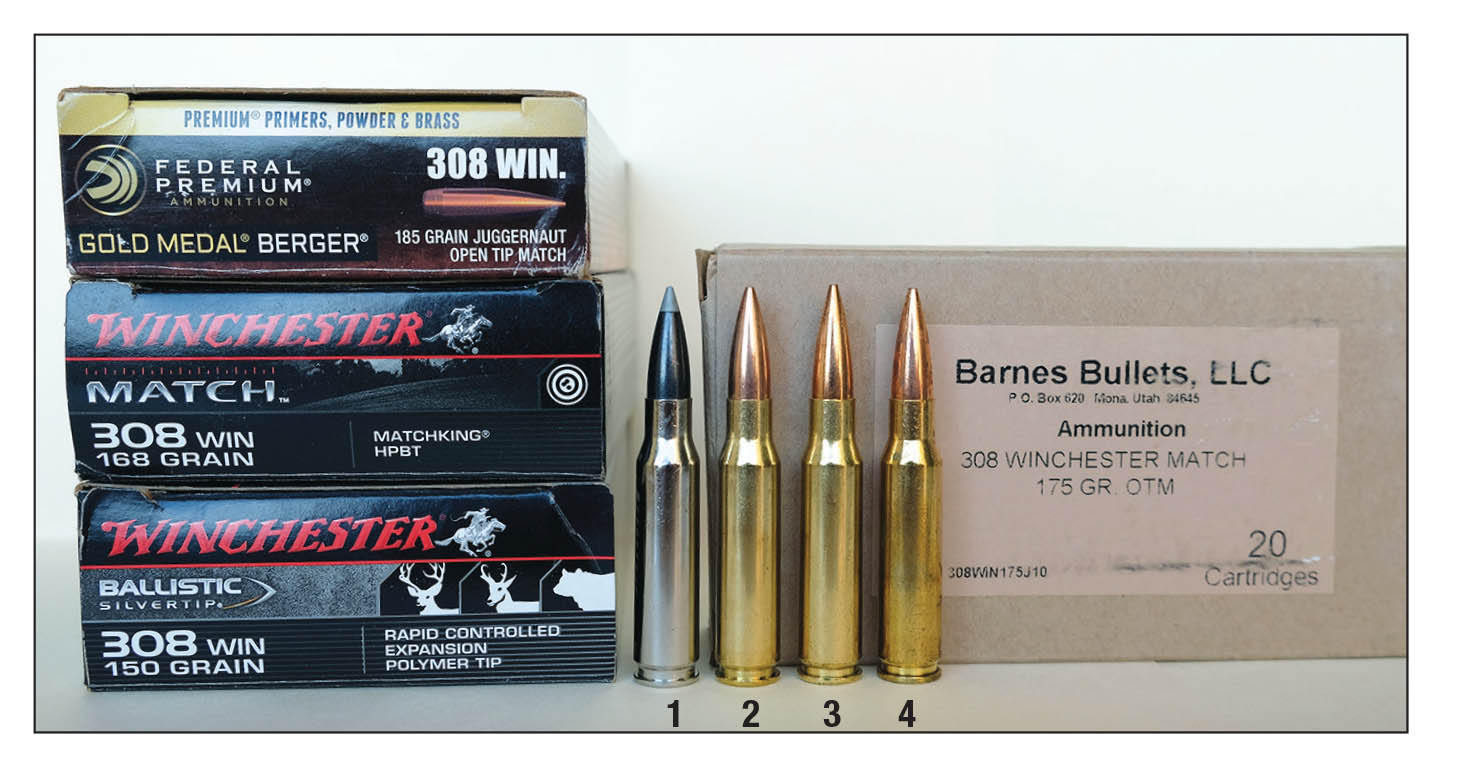
While the Remingtons may not be hunting arms in the traditional sense, they could certainly be used in such a capacity. However, these rifles are probably at their best in the general scheme of non-competitive long-range shooting, a task for which they are well suited.
As for ammunition, I tried a sampling of various factory offerings in the 700s and worked up a handload for each rifle using a long-established, well-known .30-caliber target bullet, the 168- grain Sierra MatchKing. It’s been around since the late 50s. Many heavier and lighter target bullets by various manufacturers have followed, but the 168 MK still works very well, providing splendid accuracy up to at least, and perhaps beyond, 500 yards. The ballistic coefficient (BC) of .462 is comparatively modest by today’s standards, but the 168 will often do everything many riflemen expect of a target bullet. There are heavier, longer bullets with higher BCs for really long ranges. Some require special, fast barrel twist rates if any degree of accuracy is to be achieved. The 168 works fine with standard .30-caliber twists of 1:10 or 1:12.
.jpg)
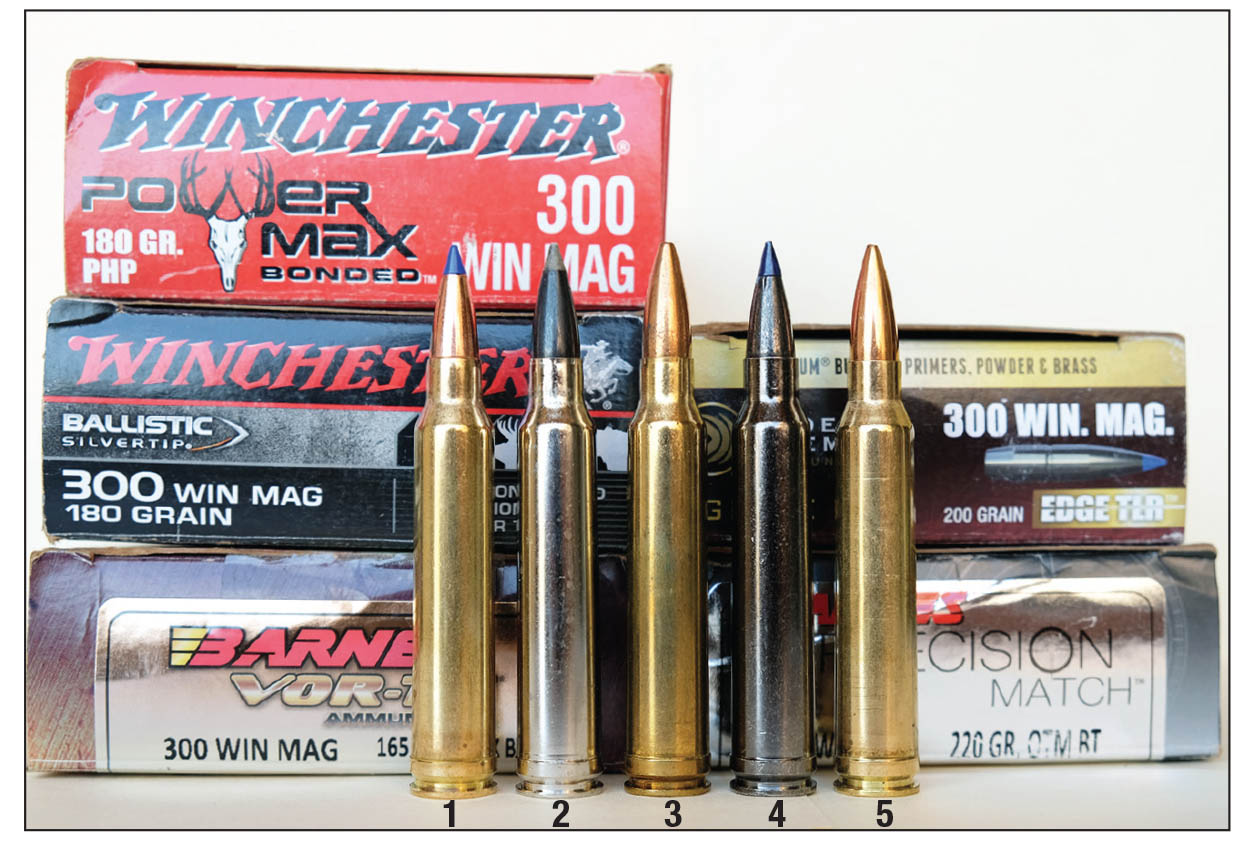
So far with magnum primers in magnum brass, I’ve seen no difference between the CCI 250 and Federal 215. In the .300 Winchester Magnum, I used Remington brass along with H-4831sc powder and CCI 250 magnum primers. I’ve read reports recently that mentioned the standard H-4831 as being slower-burning than that which was produced a few years ago. By a “few years ago,” I mean just that, and am not referring to the original WWII surplus powder that I bought when I began handloading in the mid-1960s. Looking through some of my loading notes from just a few years ago, I can verify muzzle velocities that were higher than they are now using the same rifles and components, but with newer lots of H-4831 or H-4831SC. Velocity differences have been on the order of three to four percent, which may only be normal lot-to-lot variances, but I don’t recall observing such variances with other powders.
Regardless, both versions of Hodgdon 4831 still provide excellent accuracy, even if charge weights sometimes require slight adjustments and velocities may be a little lower than expected. For this project, I used the short cut version. Hodgdon recommends using the two versions interchangeably as burn rates are the same. Being Extreme powders, they are reportedly less sensitive to drastic temperature changes than many other powders.
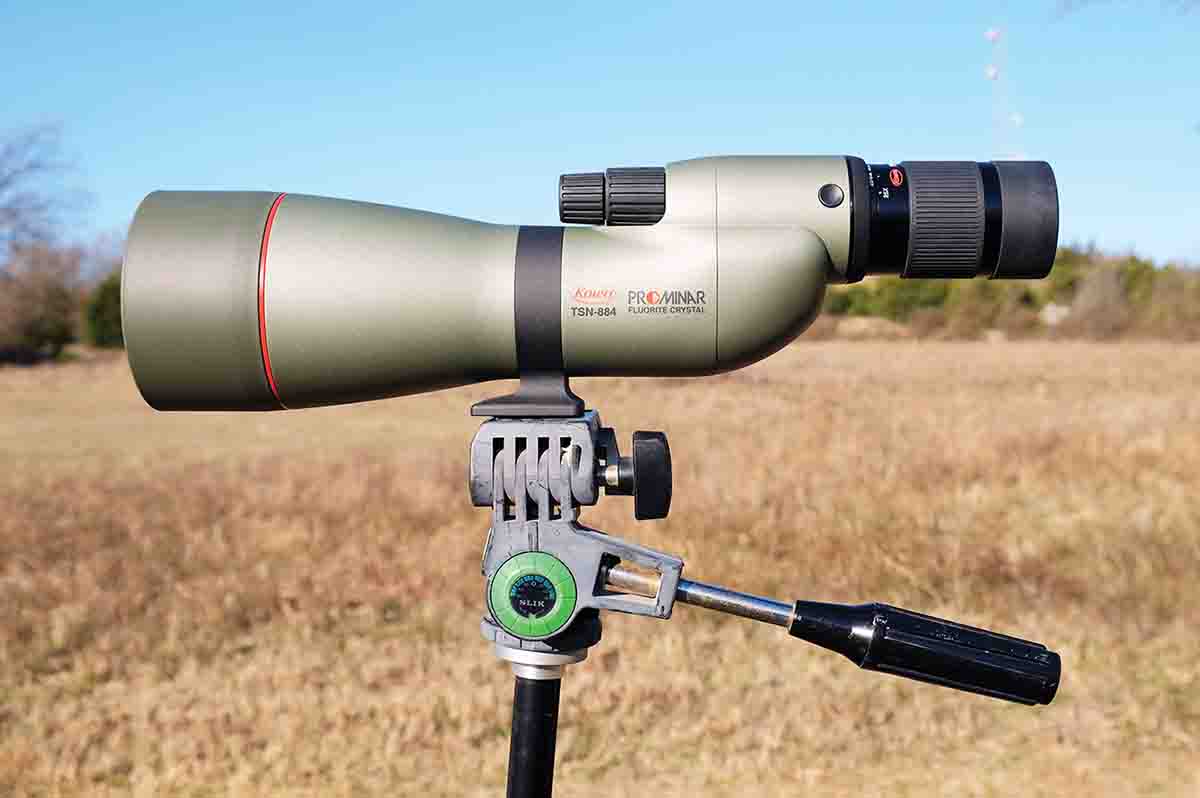
In addition to the two handloads, I tried a variety of factory loads in both .308 Winchester and .300 Winchester Magnum. Despite perpetual arguments over the value of three-shot groups versus five-shot groups, I’ll go with five-shot groups. They simply provide more information. This isn’t benchrest competition where several decimal places have meaning, so I measure groups with a ruler graduated in tenths of an inch. Such a “coarse” but practical measurement is repeatable, whereas it’s not if a caliper is used. Five-shot groups are almost always bigger than three-shot groups, but I can’t see where that really matters.
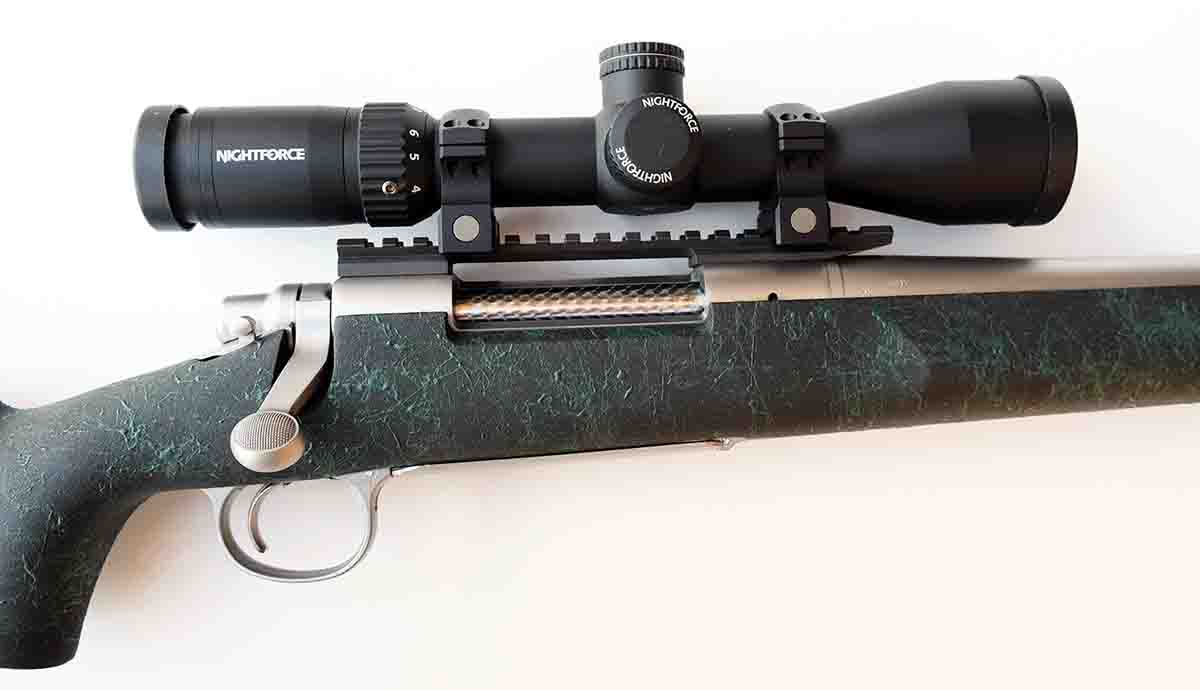
I fired a group at 100 yards, 300 yards and 500 yards with each load, handloads and commercial stuff. If a shot didn’t “feel” right (I jerked the trigger, etc.), I fired the group again.
All 100-yard group shooting was conducted at a local, private gun club’s range. The maximum distance one can shoot on the rifle range is 200 yards. As many shooters are aware, it’s not easy today to find a place to shoot targets at 500 yards. Fortunately, I had access to some North Texas ranch land just below the Red River and the Oklahoma border that was perfect for distance shooting. About an hour’s drive from my home, the land is hilly with several wide valleys and safe, natural berms.
As for barrel cleaning, did I find the Remington 5R barrels copper-fouled less than other barrels? I could see no difference, but most factory barrels are smoother now than they were in the past and don’t foul as badly. In my experience, .308 Winchester bores seldom accumulate a great deal of copper buildup unless seriously neglected, but .300 magnum bores will foul sooner regardless of rifling type. I found this to be the case with the 5R Remingtons. While I will conclude by mentioning that the 5R barreled Remington’s were reasonably accurate, I doubt they were any more accurate than other well made, mass- produced barrels. That’s not a slight in any way. Generally, today’s factory barrels seem to be better than ever.


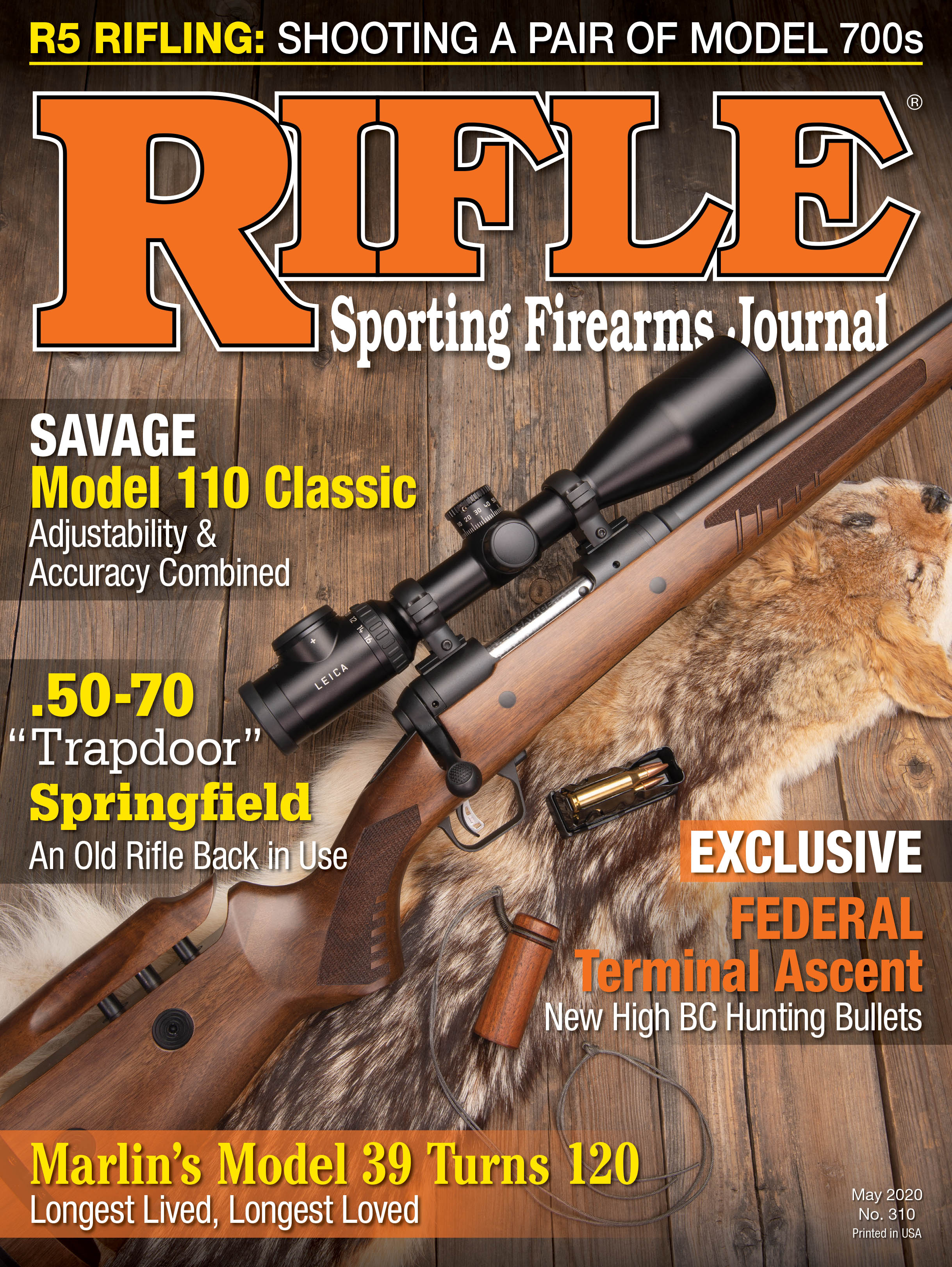
.jpg)